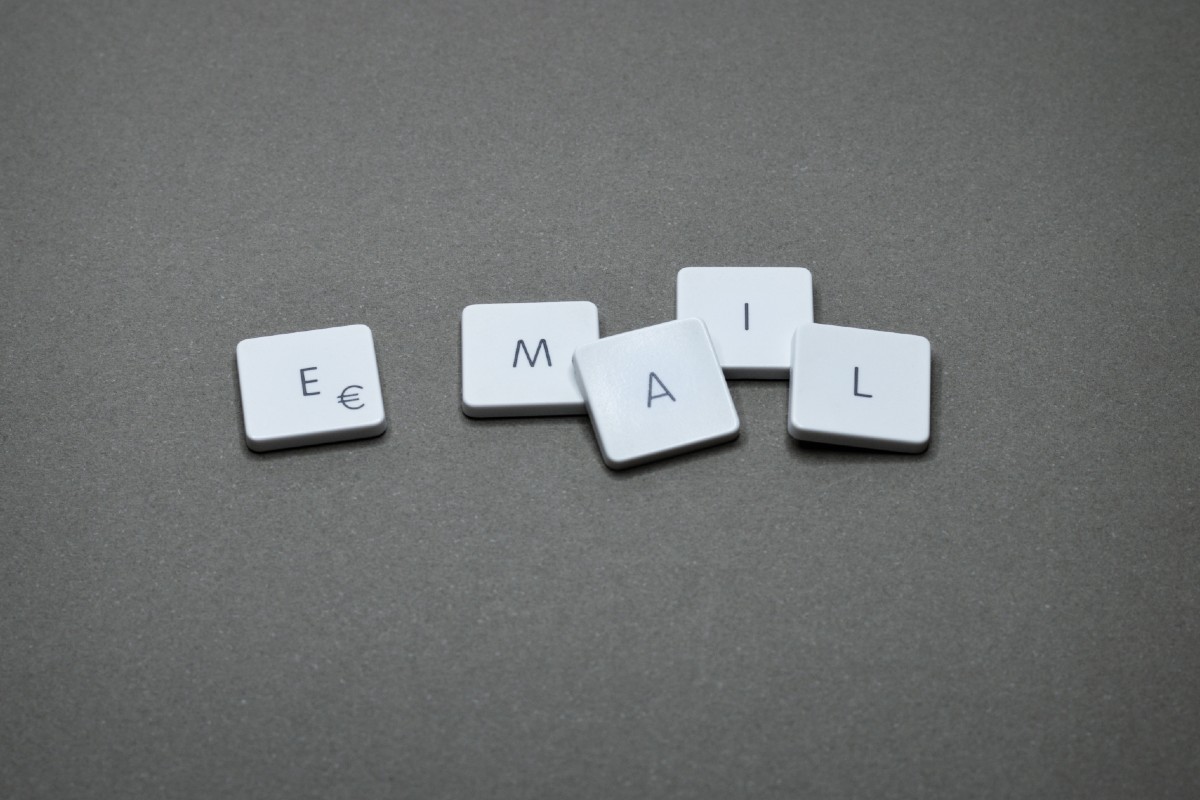Recently, I received an email from a colleague who had not taken the time to write it properly. I responded by explaining that I was confused and needed clarity. I didn’t hear back from him for more than a week. When he finally did respond, he gave a quick and unhelpful response without answering my questions or explaining anything further. This left me in a predicament – how was I to determine what was going on? I could assume he was in a hurry and didn’t really read the email I sent him (think positive!) Or I could believe the worst and think he doesn’t like me, is mad about something or just being rude. Hmmm. Or maybe he doesn’t know the answer and is hoping I’ll forget? Either way, it didn’t reflect well on him and it wasted a lot of my time and emotional energy.
Had we been sitting in the room together discussing the issue, this probably would never have happened. He would have been a lot more focused on me and how he was presenting himself.
As leaders, it’s important we pay attention to WHAT we communicate via email as well as HOW we communicate it.
I have made it a habit to follow these four email best practices. I recommend you give them a try.
1. Reread the email before you hit ‘Send’.
It’s very easy to do, and well worth the time. Just put yourself in the recipient’s frame of reference and read through it one more time. Nine times out of ten you’ll find something that wasn’t clear and be able to tweak it. You won’t regret rereading an email before clicking ‘Send’, but you may regret a time when you didn’t! You can’t ‘take back’ an email!
2. Keep it to one topic.
I’ve discovered that people (myself included) are sometimes guilty of skimming an email before replying – especially if it’s a long communication with several topics. When drafting emails, if I try to combine 2 or 3 issues into the same email, it’s likely the reader will only respond to one of them, leaving me hanging about the rest. I don’t want my readers to skim my content or only respond to part of what I’ve said. So I make it a habit to stay away from combining several topics into one email. Try to keep emails to one topic at a time – and include the topic in the subject line. If you have three separate things to say to someone, consider sending them three different emails! It might seem a little weird and redundant – but it works!
3. Respond within 24 hours.
Waiting two, three or more days to respond (worse . . . a week or longer) to a legitimate email is the equivalent of ignoring someone while they are talking to you. It creates unnecessary drama and for some people it is quite offensive. Responding to the multitude of emails you receive each day can be daunting. If you know you can’t properly get back to someone right away, try replying with a very short note saying something like, “I’d love to get back to you on this, but can it wait until next week?” Bottom line, don’t leave people hanging!
4. End with a personal sign-off.
We are all familiar with the typical boiler-plate sign-offs included in email signatures, like “Sincerely” or “Thanks.” Although this is common, it is also fairly impersonal. An extra 5 seconds per email can turn your detached and sometimes inappropriate sign-off into a friendly one. I don’t say, “Sincerely” to my wife, but I might for an email to a client. For many of my friends and colleagues, I often close with “See you soon!” or “Have a fabulous day!” Sometimes, the most appropriate email sign-off is, “Thanks so much!”, “I really appreciate it.”, “Great job!” or “Enjoy your weekend!” Whatever it is, why not make it unique for every email? It will set a positive and authentic tone to the end of your conversation. Bonus idea: include the person’s name as well, “Have a great day Tim!”
What other email habits would you add to this list?
BONUS: Check out this info-graphic with more email tips!



